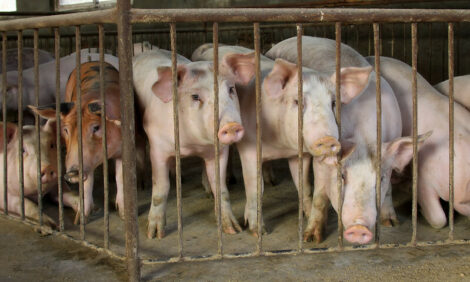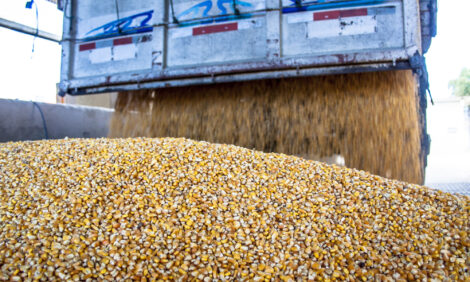



Raising pigs without antibiotics offers niche market but with limitations
Markets for pork produced without antibiotics continue to grow. But this method of production is not for every farm, cautions Michael Pierdon, VMD, veterinarian with Four Star Veterinary Service, Elizabethtown, Pennsylvania.“A lot of clients do ask questions about it…They see it as a business opportunity,” Pierdon said. “But first of all, is your herd really a good candidate? Meaning, what’s your disease profile? Is your current pig-farm setup and pig flow appropriate for antibiotic free or would you have to consider reworking that in order to have good success?”
Additional costs
Producers interested in this method of pork production should expect higher production costs.
“Often producers ask about it because they’ve been offered more money for their pigs if they create antibiotic-free pigs,” Pierdon said. “Creating those pigs will also cost more money because there’s more cost in vaccines, facilities, some inefficiencies in flow, and other demands nutritionally that are going to be required.”
In some cases, the expected premium evaporates with the higher cost of production.
Being profitable
Pierdon works with many producers who stay profitable in this niche market. But it’s not just about profits for them.
“Especially for smaller operations and owner/operators, this is a niche that they can get into that finds them a home in the modern industry,” he explained. “They’re able to do something that may be a little more intensive than the bigger players.”
The keys to success start with what Pierdon calls a “multi-faceted approach,” starting with good, healthy breeding stock to minimize endemic disease. This helps baby pigs start healthy, free of disease and able to fight off minor health challenges on their own.
The proper environment and management also are required to keep the pigs as healthy as possible throughout their lives. Pierdon maintains that all-in, all-out production gives producers an edge when antibiotics are not available.
“All-in, all-out gives you the ability to eradicate disease when it happens,” he explained. “Sometime the animals will become sick, and when you have all-in, all-out, you never have to have the disease for more than one group of pigs.”
Ventilation and temperature controls must be correct. Feed and water systems must work properly.
“All those things contribute to animal health by increasing or decreasing stress,” Pierdon said. “Managing the environment really helps, especially with what I call the standard bacterial diseases…If you can put pigs in the right environment, they have a lot better chance of resisting those challenges.”
Vaccinations important
Producers raising pigs without antibiotics need vaccinations to control many disease challenges or pathogens.
“We probably use more vaccine technology in antibiotic-free production because that’s one of the biggest tools in the toolbox,” Pierdon said. “And without the ability to treat disease when it occurs, prevention is just a lot more important.
“For instance, ileitis is a disease that can be controlled effectively through medication in the feed in commercial flows,” he continued. “But in antibiotic-free production, you’ve really got to use vaccines to control it.”
Growing demand
Pierdon expects consumer demand for all types of pork production without the use of antibiotics will continue to grow. These include niche markets that also add housing, nutritional and management restrictions.
“Increasingly, big purchasers of commercial pork in the US will want [pork] to be produced without antibiotics,” he said. “As we transition more and more of our commercial industry today to that, we need to embrace and develop new technologies that will allow us to manage the health of the animals without antibiotics.”






